
Description:Thank you all for your attention, and we will continue to summarize the exciting content from last month.
1Handheld Open Source Terminal, Supports Scientific Calculator, Function Plotting, I2C/SPI External Sensors, etc.
Currently supports scientific calculator, function plotting, I2C/SPI external sensors, etc.
Specifications
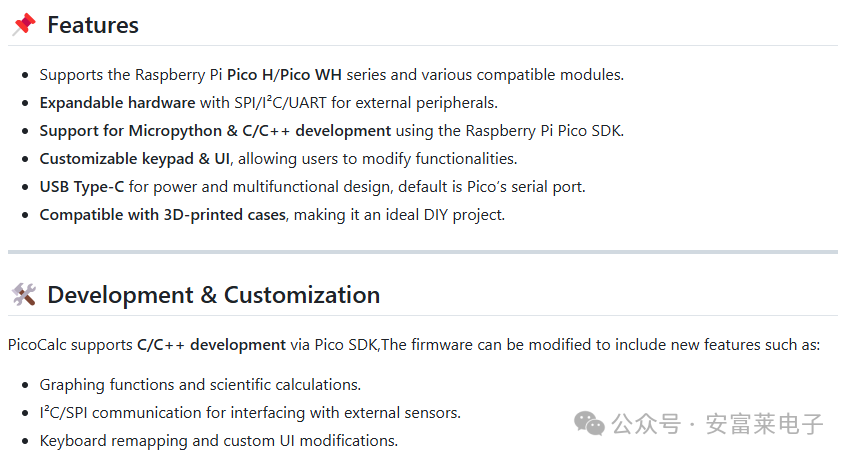
Effect:
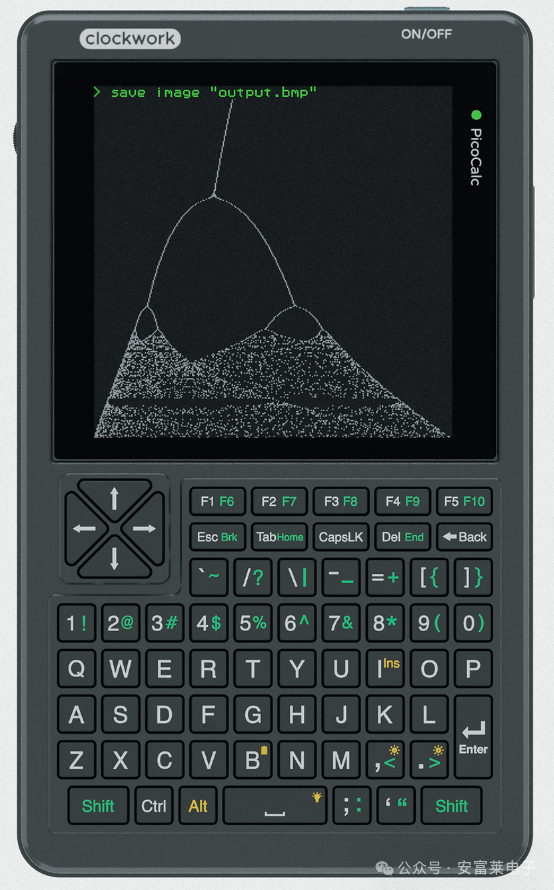
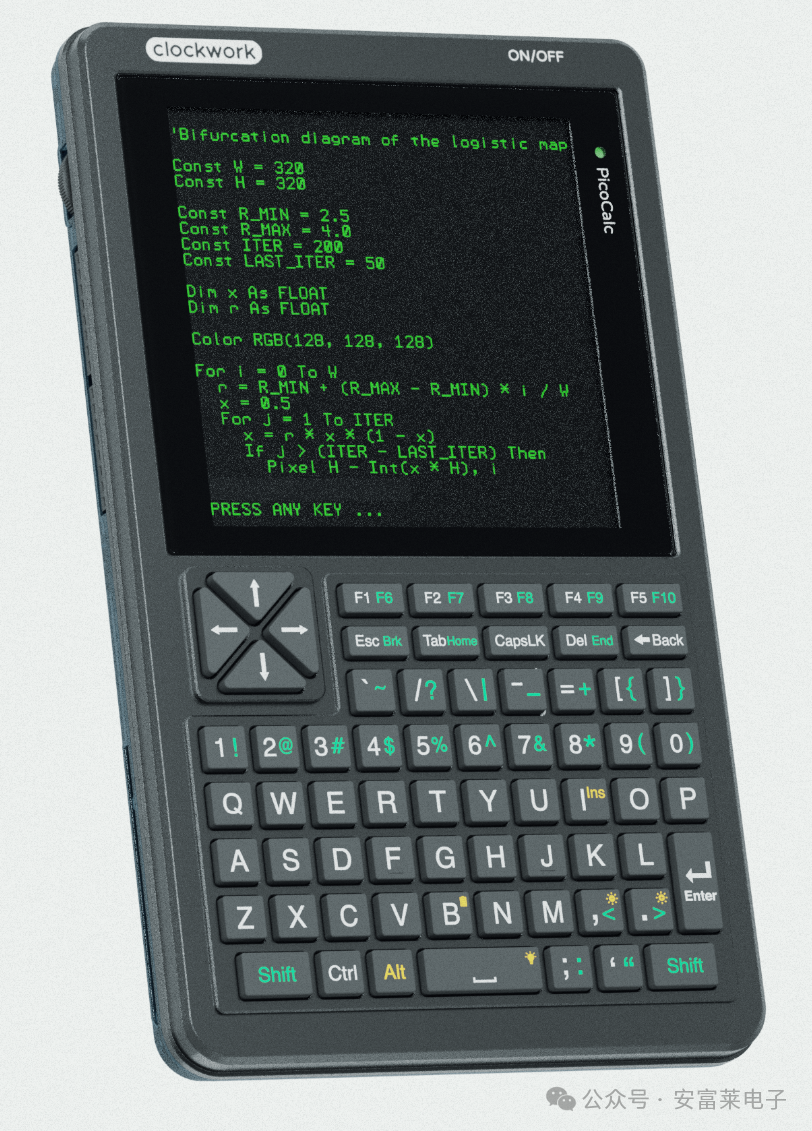
2Parametric Array-Based Directional Speaker
This is a parametric array-based directional speaker composed of 95 16mm, 40kHz ultrasonic transducers.
The parametric loudspeaker is a special type of directional speaker technology that utilizes the nonlinear properties of ultrasound to generate sound beams in the air, modulating the ultrasonic carrier with the audio to be projected, which the speaker transmits into the air.
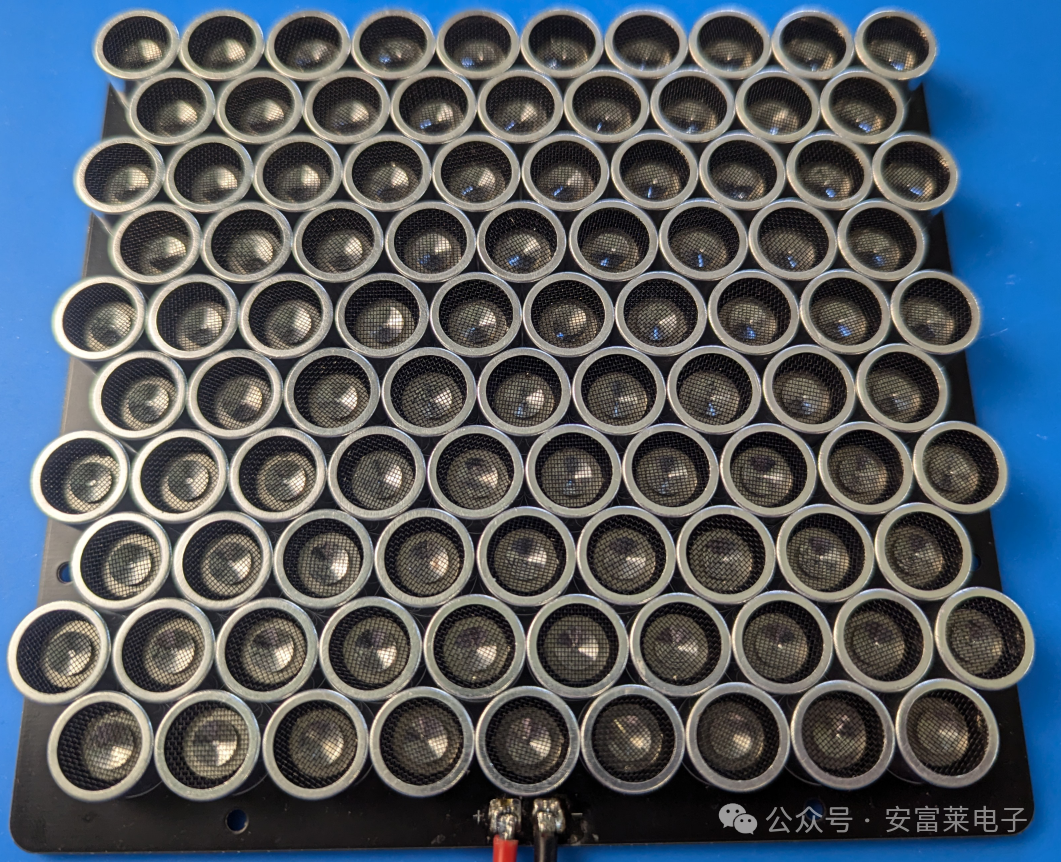
3Cool ASCII Player
This player uses ASCII characters to play videos on the terminal, with two existing versions: one is a pure Python implementation, and the other is optimized with Cython. It performs excellently with high-contrast videos (like “Bad Apple”).
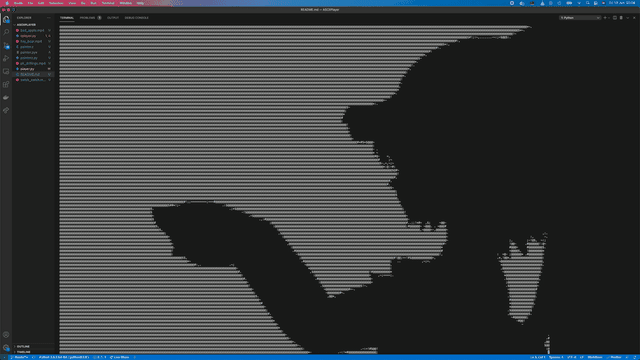
4Software News
1. TIOBE statistics for March show the top 10 programming languages, with Delphi entering the top 10.
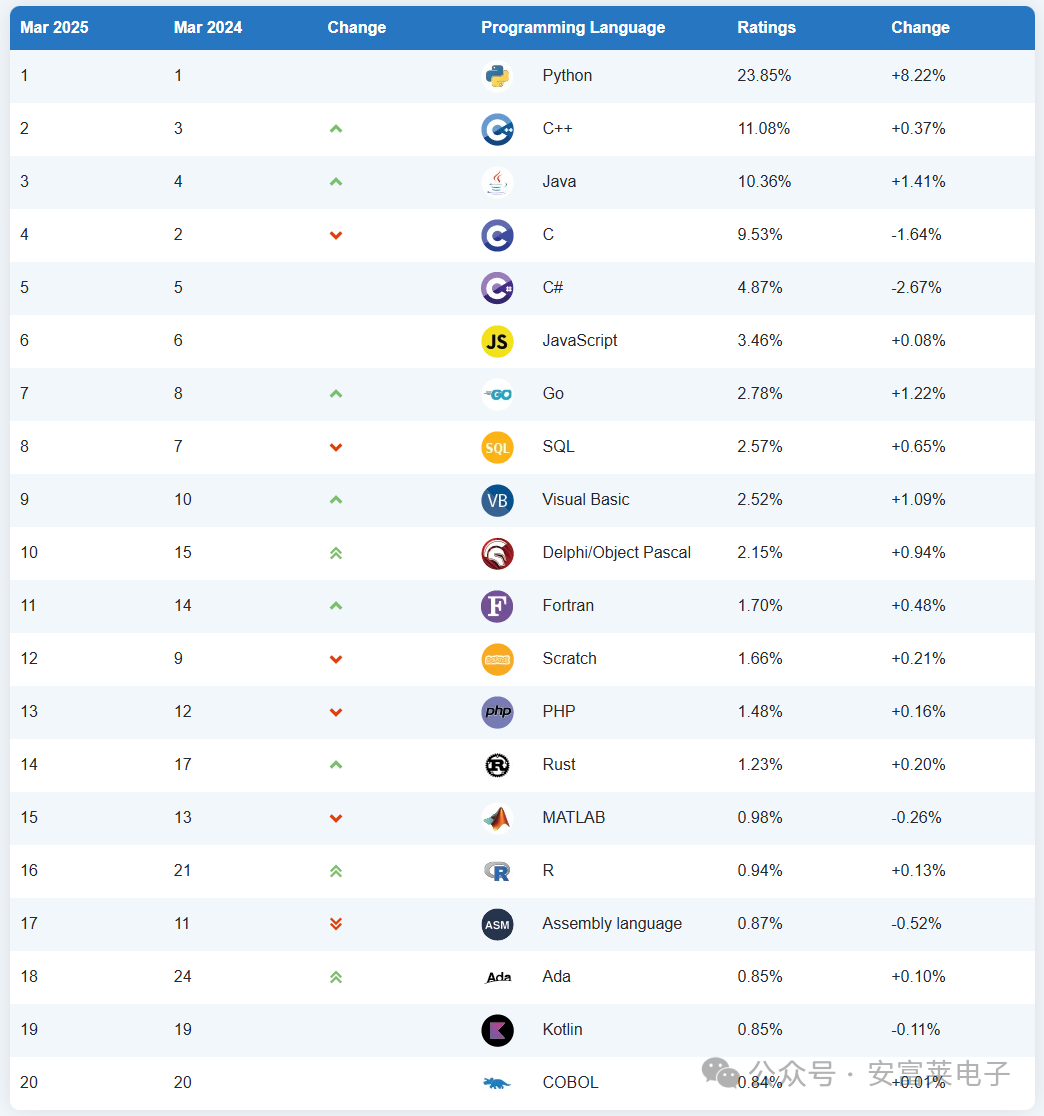
2. Open-source Git project releases V2.49.

3. A real-time embedded database designed for microcontrollers and specific microprocessors, ITTIA DB Lite, requires only 50KB of memory.
It features low memory usage, reliable storage, and fast execution speed, and is compatible with various real-time operating system (RTOS) libraries. Its architecture is specifically designed for resource-constrained microcontrollers (MCUs) and electronic control unit (ECU) firmware, enabling efficient data processing and management within embedded systems. Applications integrated with ITTIA DB Lite can perform real-time data ingestion, analysis, querying, and storage operations within milliseconds.
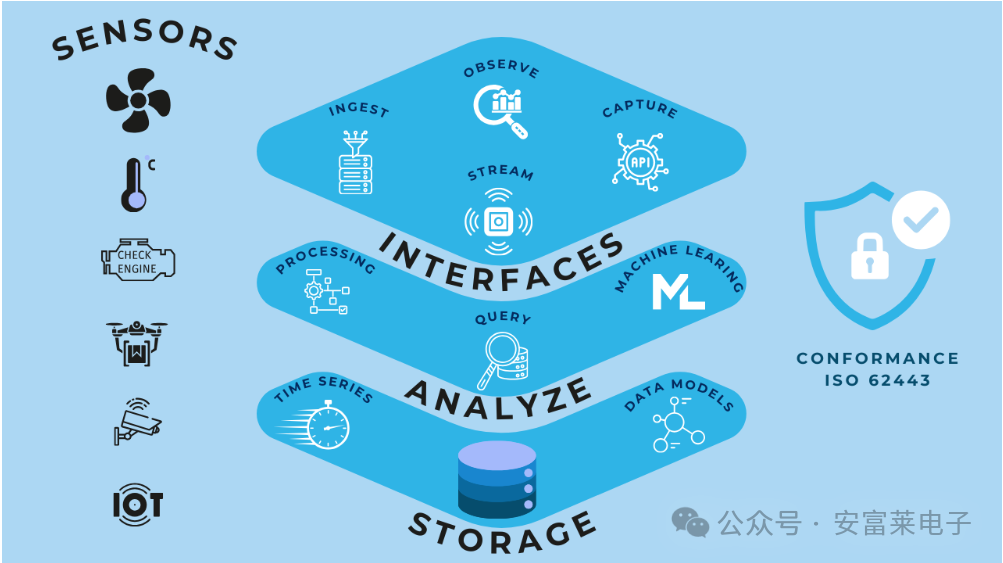
5Hardware News
1. Various latest designs collected on Adafruit.
Some screenshots
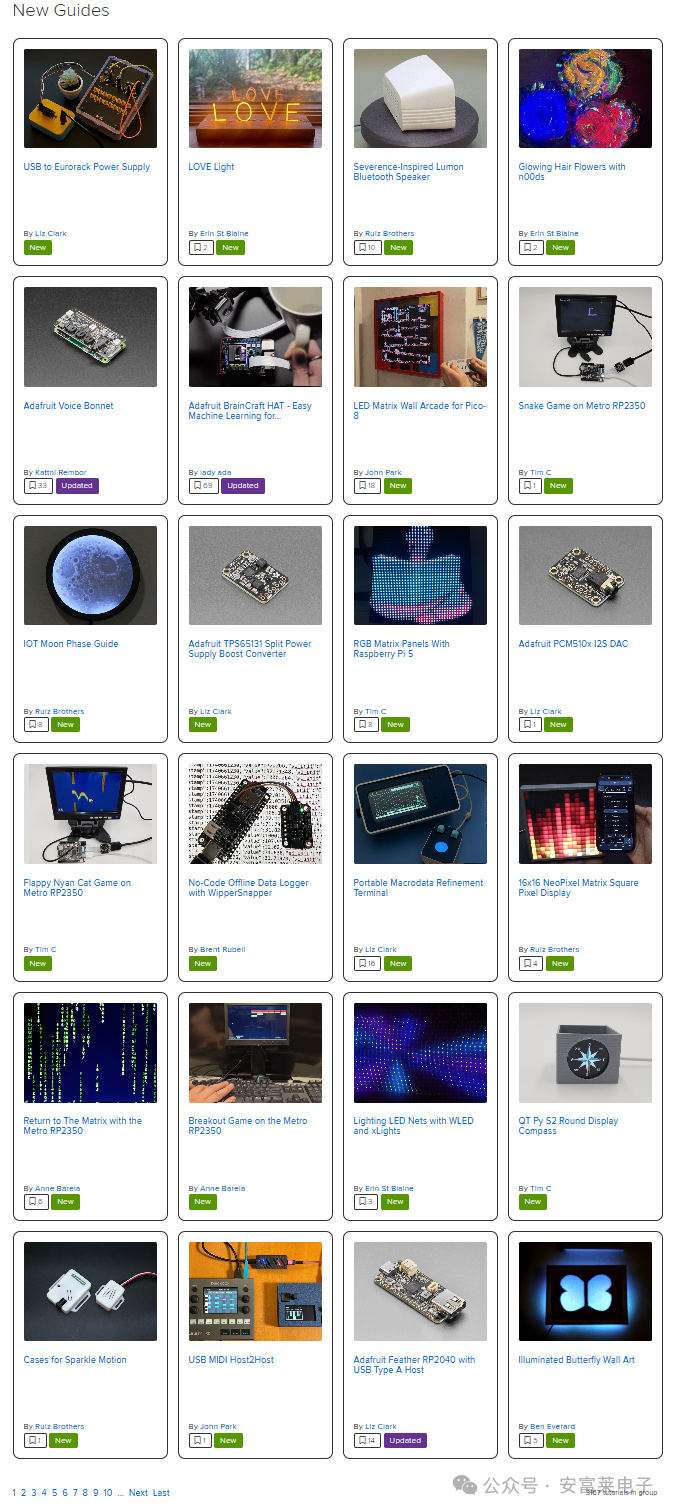
2. RP2350A and RP2350B are now on sale.
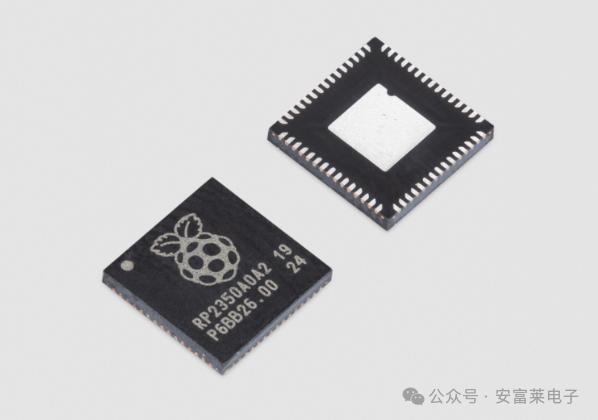
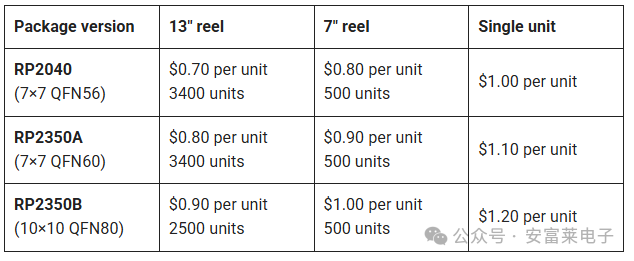
3. Infineon officially becomes the global MCU sales champion, with a market share of 21.3%.

4. TI launches the world’s smallest MCU chip MSPM0C1104, significantly smaller than a sesame seed.
Highlights:(1) Texas Instruments (TI) today announced the launch of the world’s smallest microcontroller (MCU), optimized for compact applications such as medical wearables and personal electronics.(2) This new MCU is 38% smaller than the current smallest MCU in the industry, allowing designers to minimize circuit board space while maintaining performance.(3) The new MCU expands TI’s MSPM0 MCU product line, enhancing the sensing and control capabilities of embedded systems while reducing costs, complexity, and design time.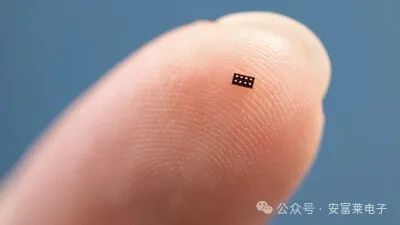 Comparison of the chip placed on a wireless earphone:
Comparison of the chip placed on a wireless earphone:
5. NXP’s S32K5 series released, M7+R52+M4 multicore, up to 41MB MRAM.
The first MCU in the automotive industry to use 16nm FinFET technology and embed MRAM.Specifications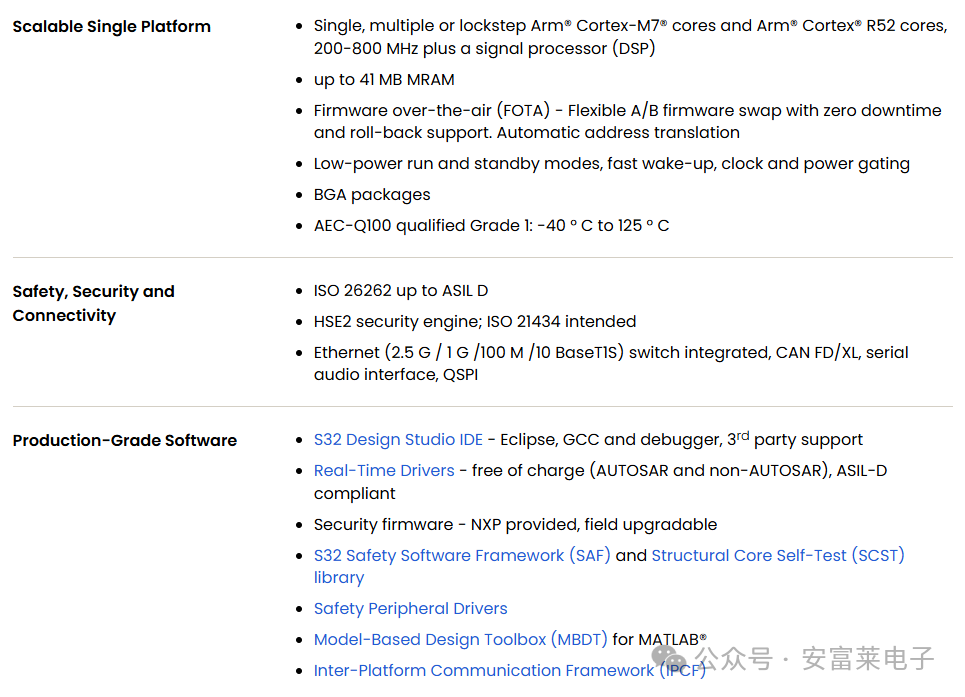 Block Diagram
Block Diagram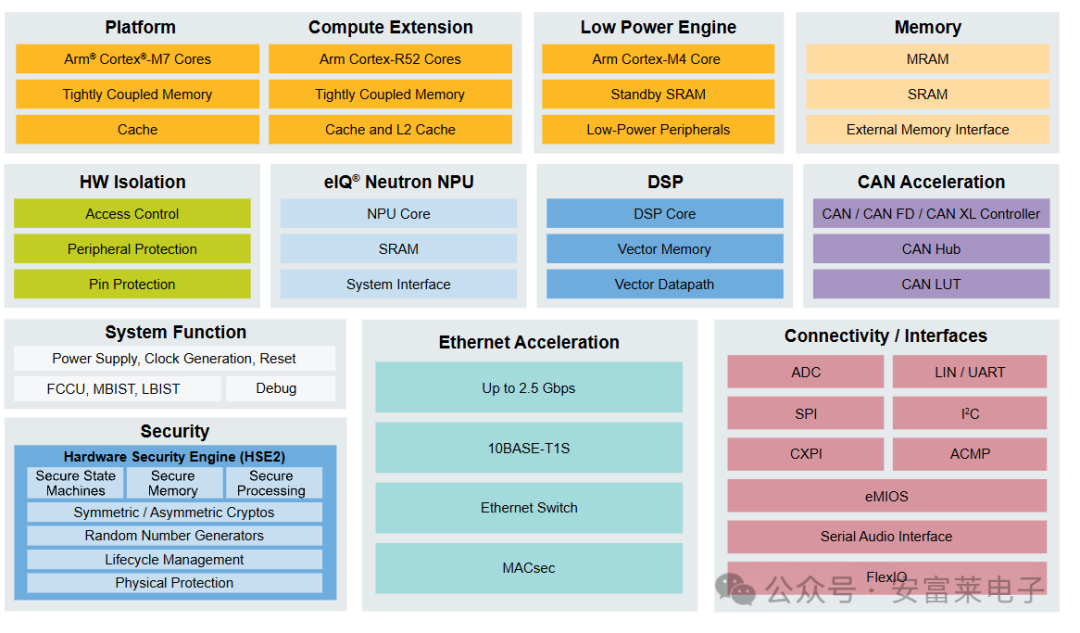
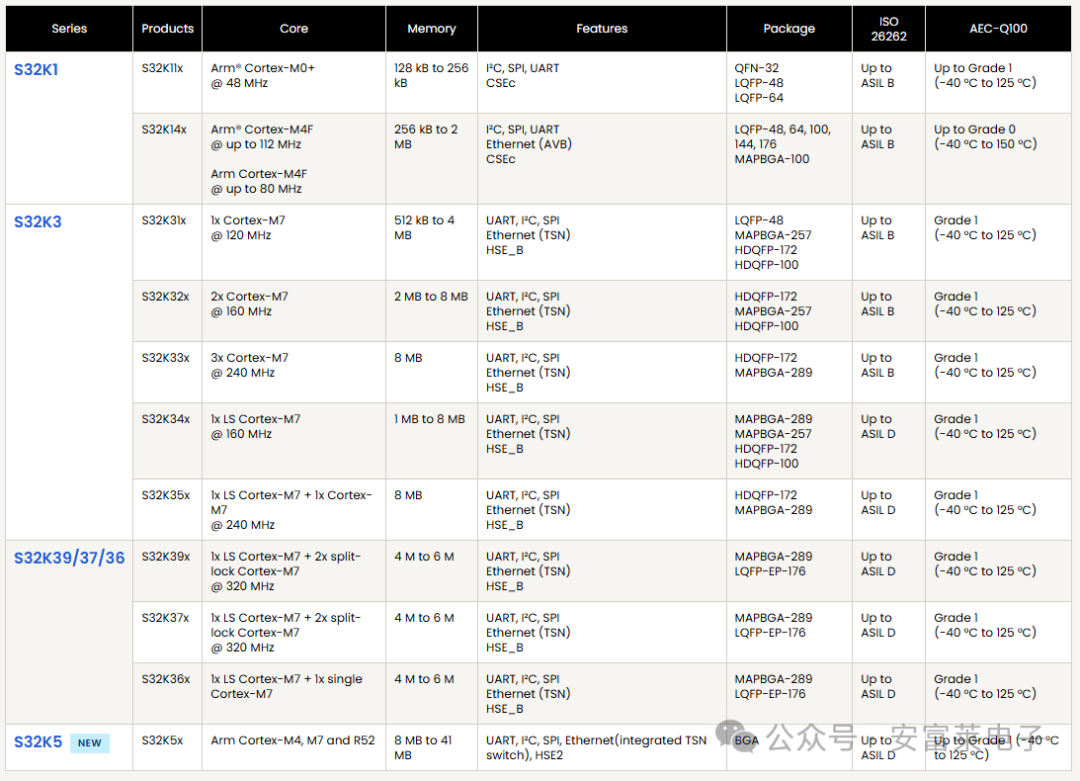
6. Silicon Labs launches the BG29 ultra-small low-power Bluetooth wireless SoC for future applications, with a WLCSP package occupying only 2.6 x 2.8 mm.


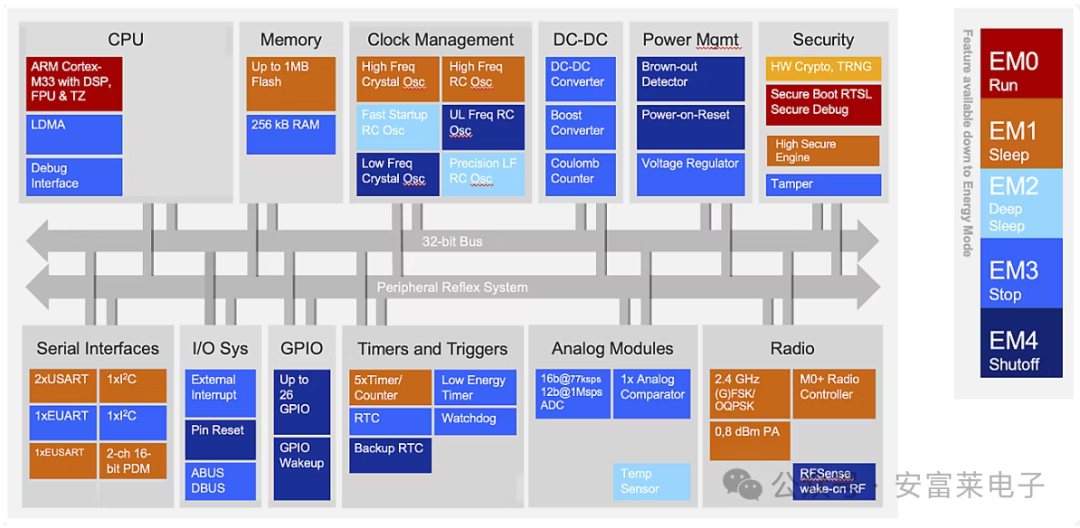
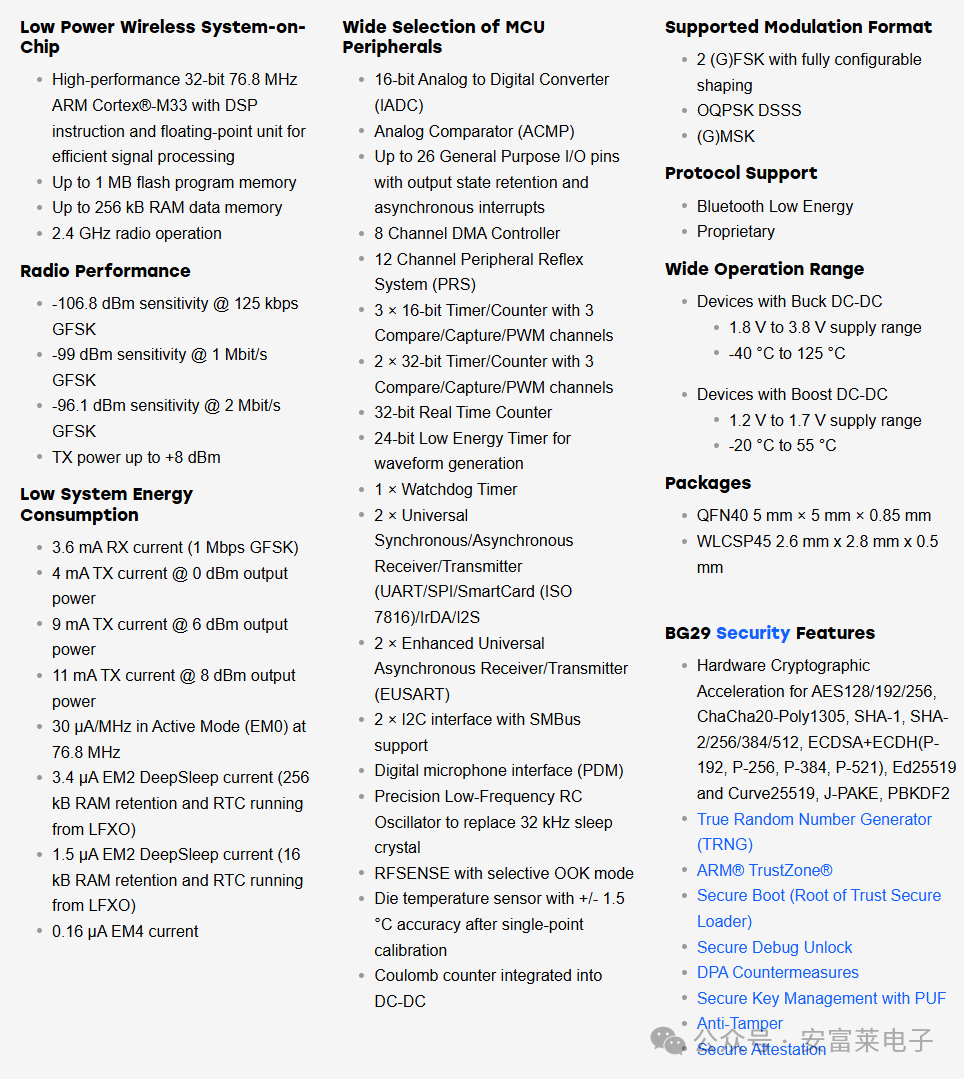
Practical Application Case:
Embedded in a dental detection device:

7. Microchip launches the PIC32A with high-performance analog peripherals, dual 40Msps ADCs, 5ns comparators, and 100MHz bandwidth op-amps, priced under $1.
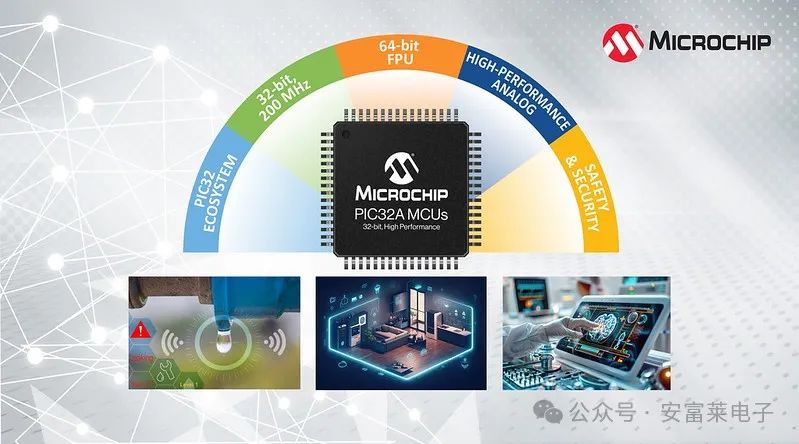
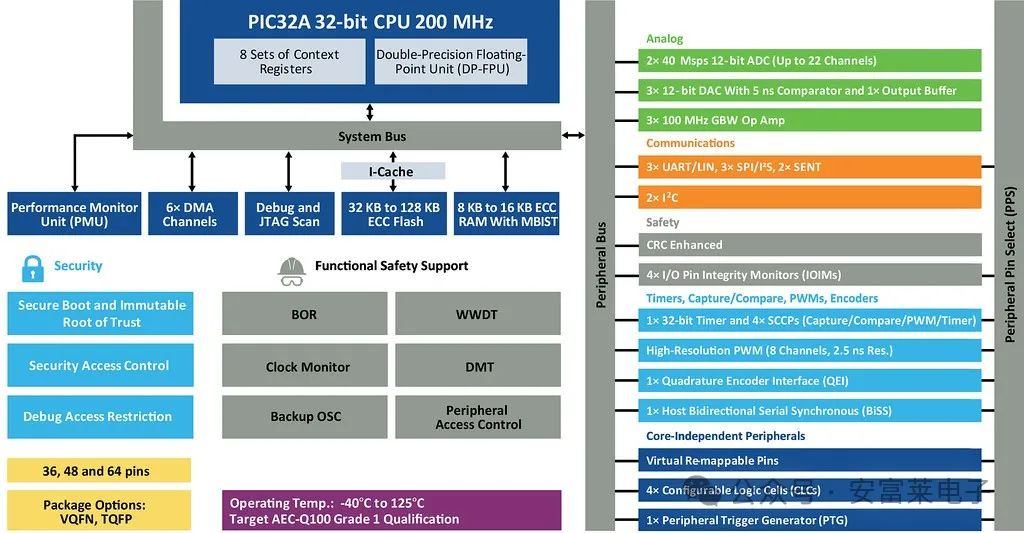
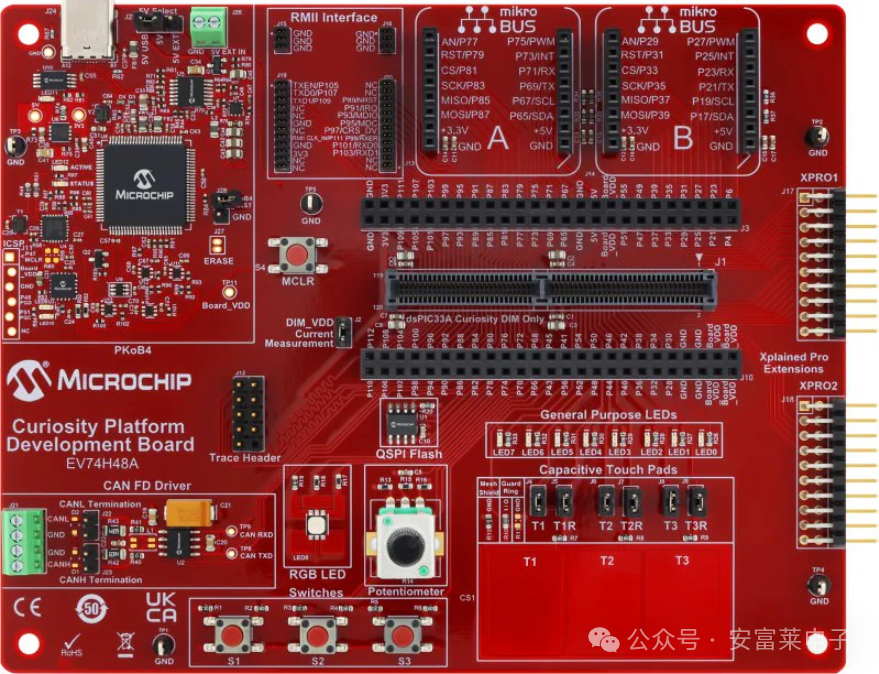
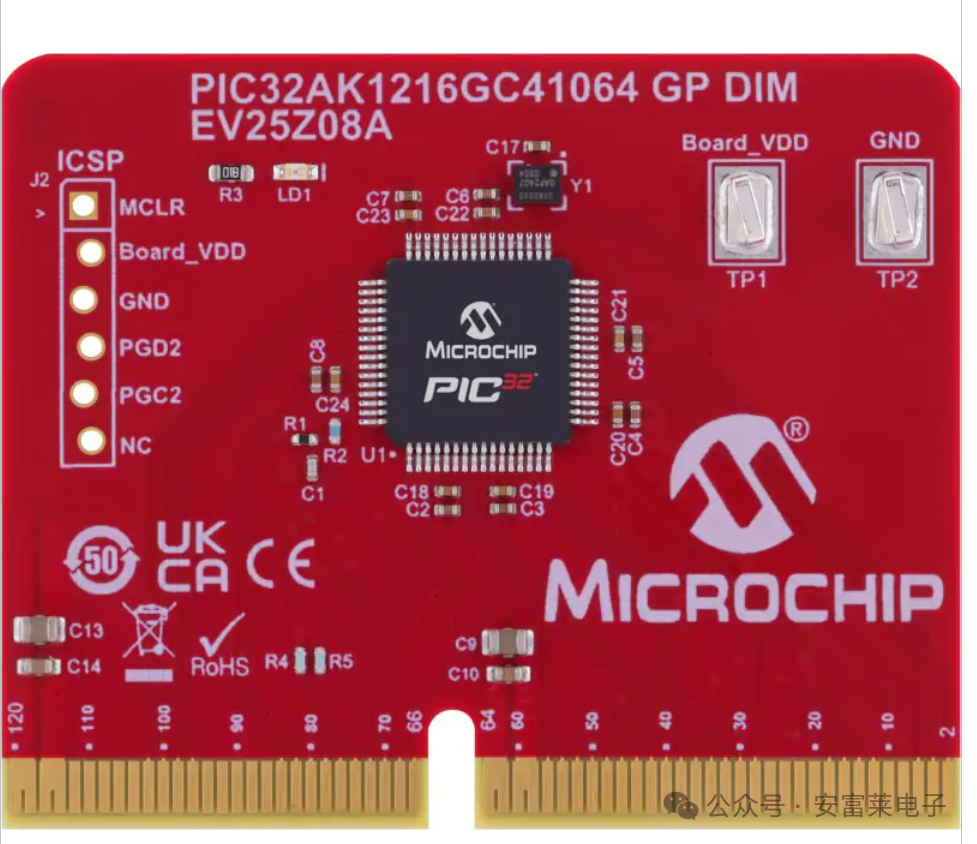
8. AVR continues to release new products, including dual-core 8-bit and SD series.
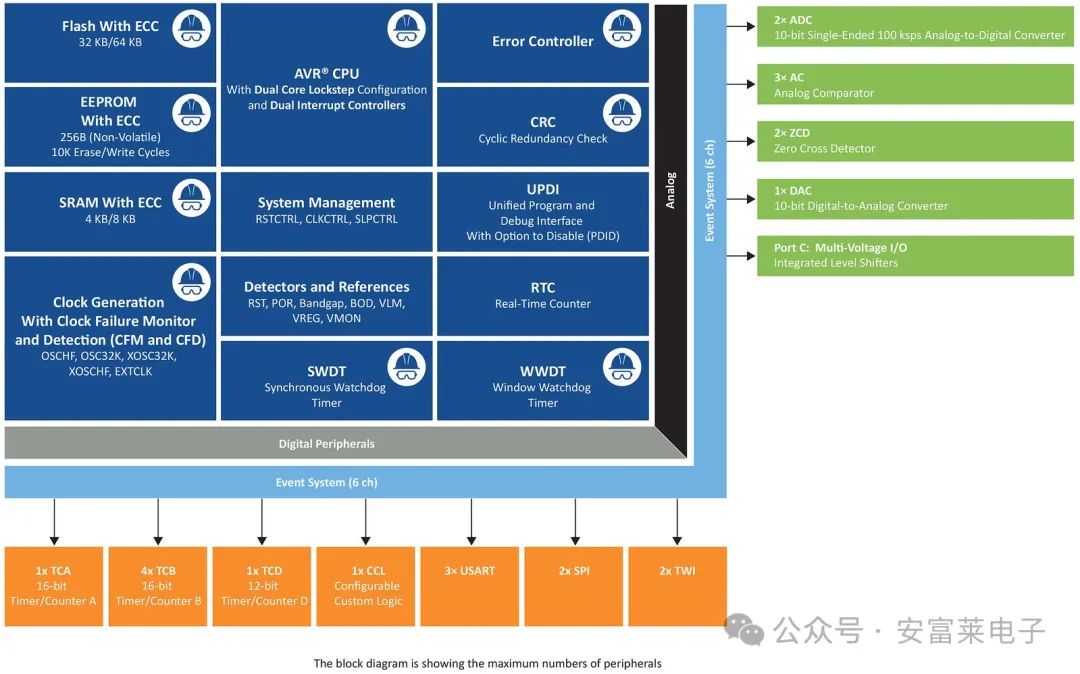
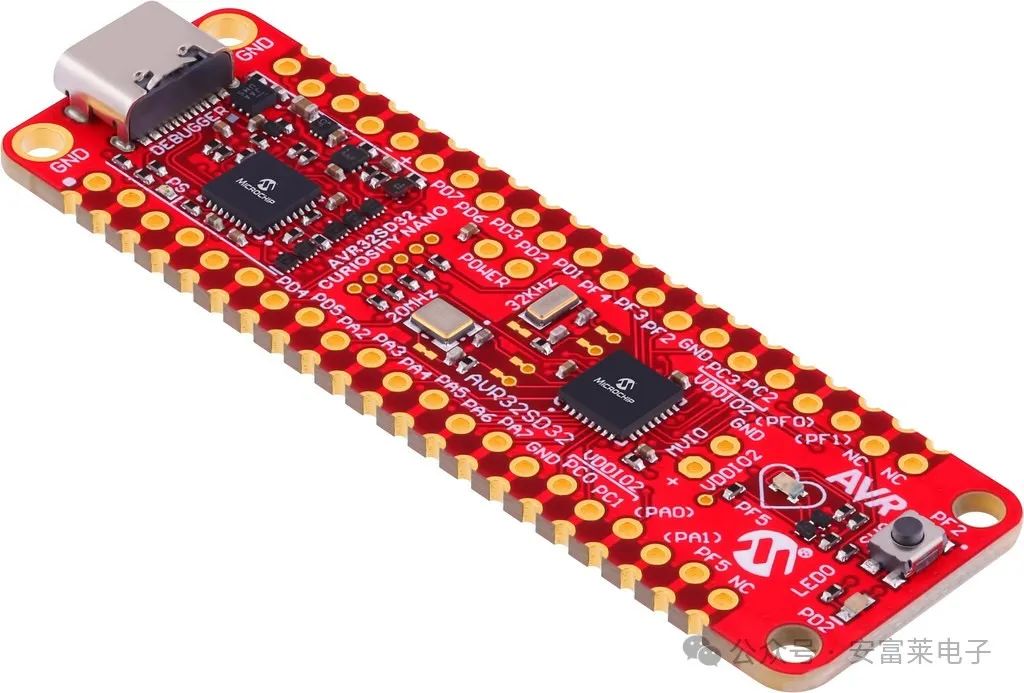
6Open-source Microcontroller Neural Network SDK Zig-Ant
Zant (Zig-Ant) is an open-source SDK for deploying optimized neural networks (NN) on microcontrollers.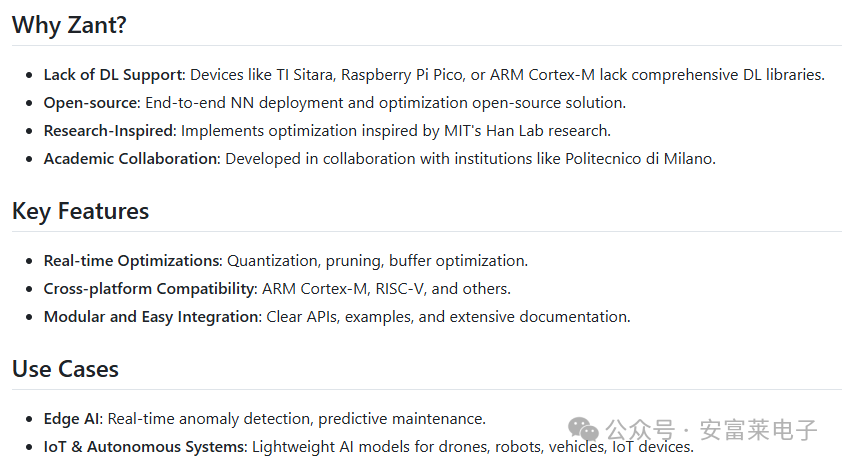
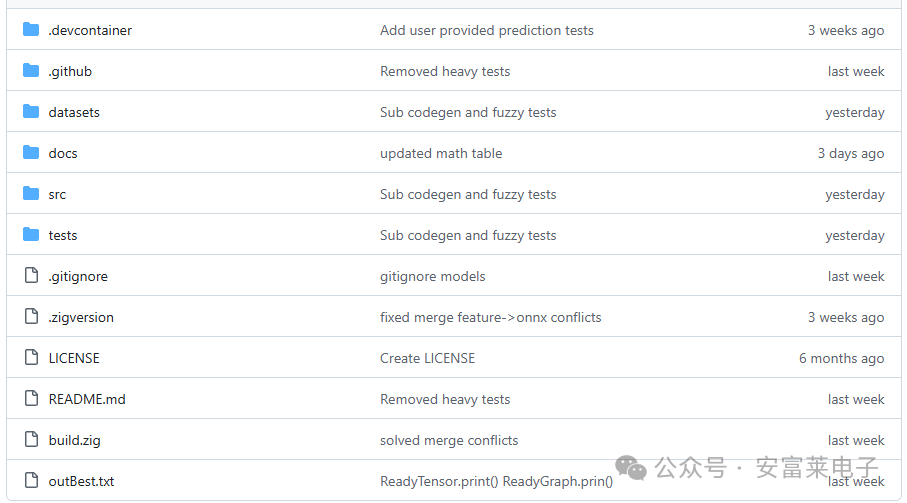
7Pebble Smartwatch Code Refactoring
In February of this year, Google open-sourced all the code for the Pebble smartwatch. Developers have already completed a full build and shared the build process.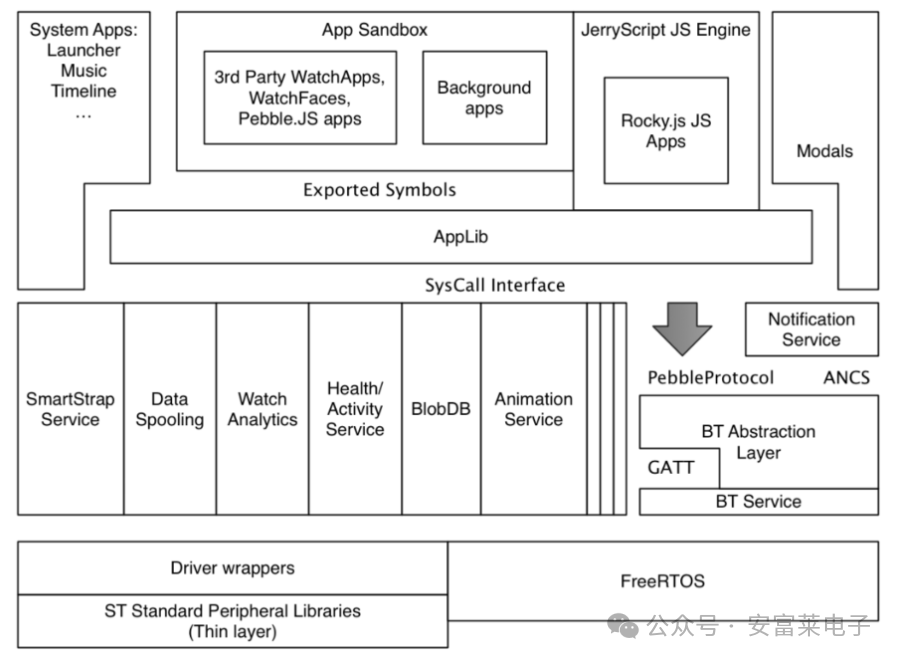
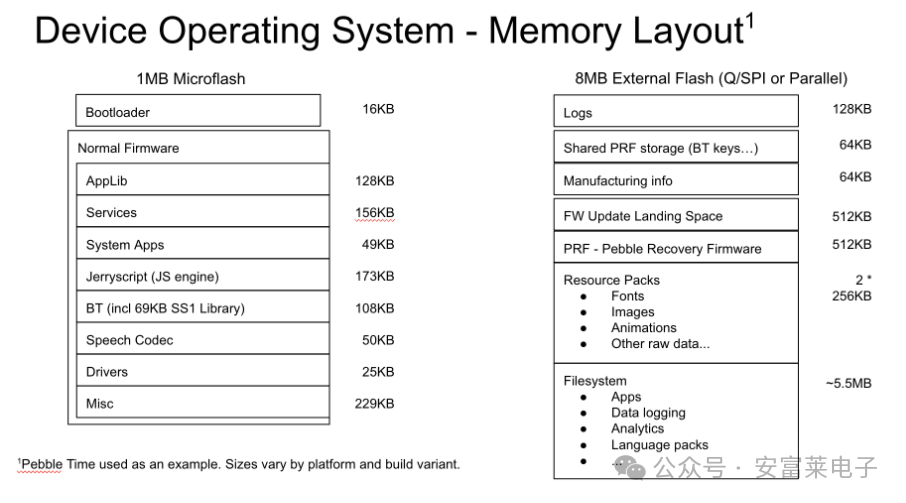




8PCB Resistor Box, Supports 1Ω to 500KΩ
Decimal resistors, supporting resistance value selection from 1 ohm to 500 kilohms, are ideal tools for testing and optimizing circuit designs.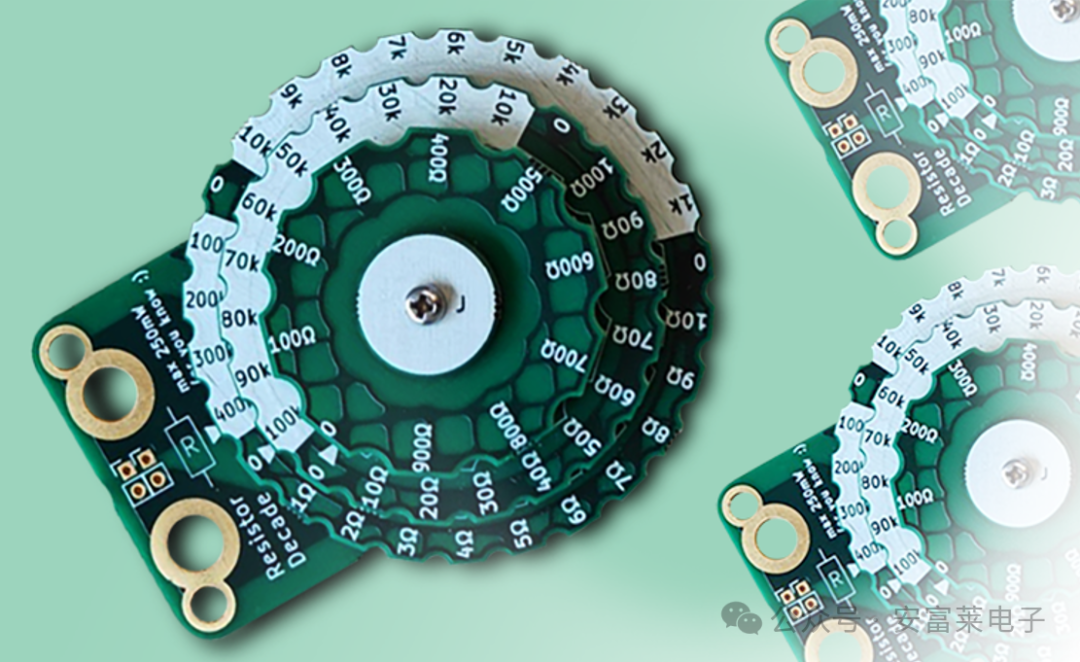
9RTOS Related
1. AMD shares methods for transitioning FreeRTOS to Zephyr.
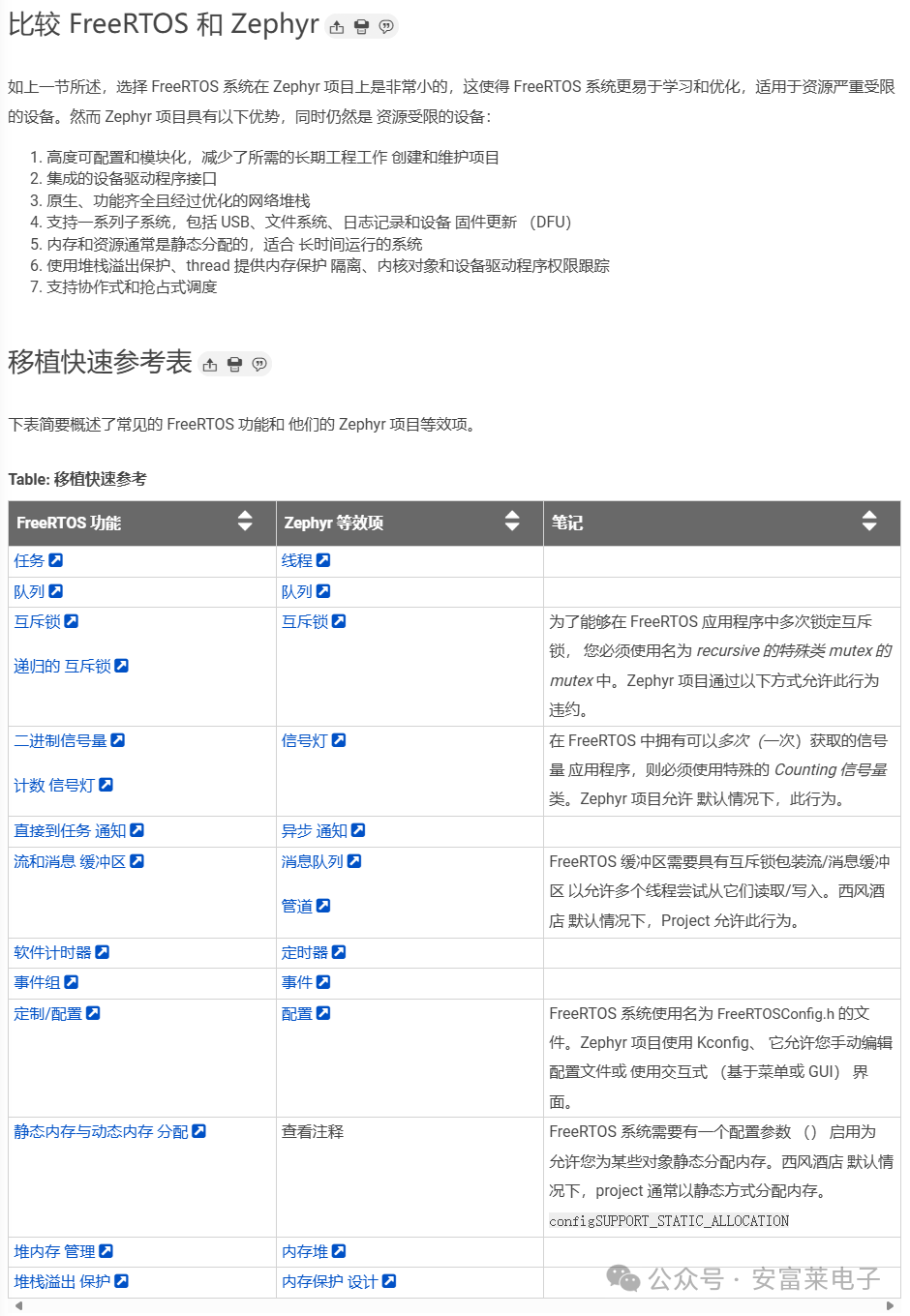
2. RT-Thread v5.2.0 released.
There are many updates, with some screenshots.
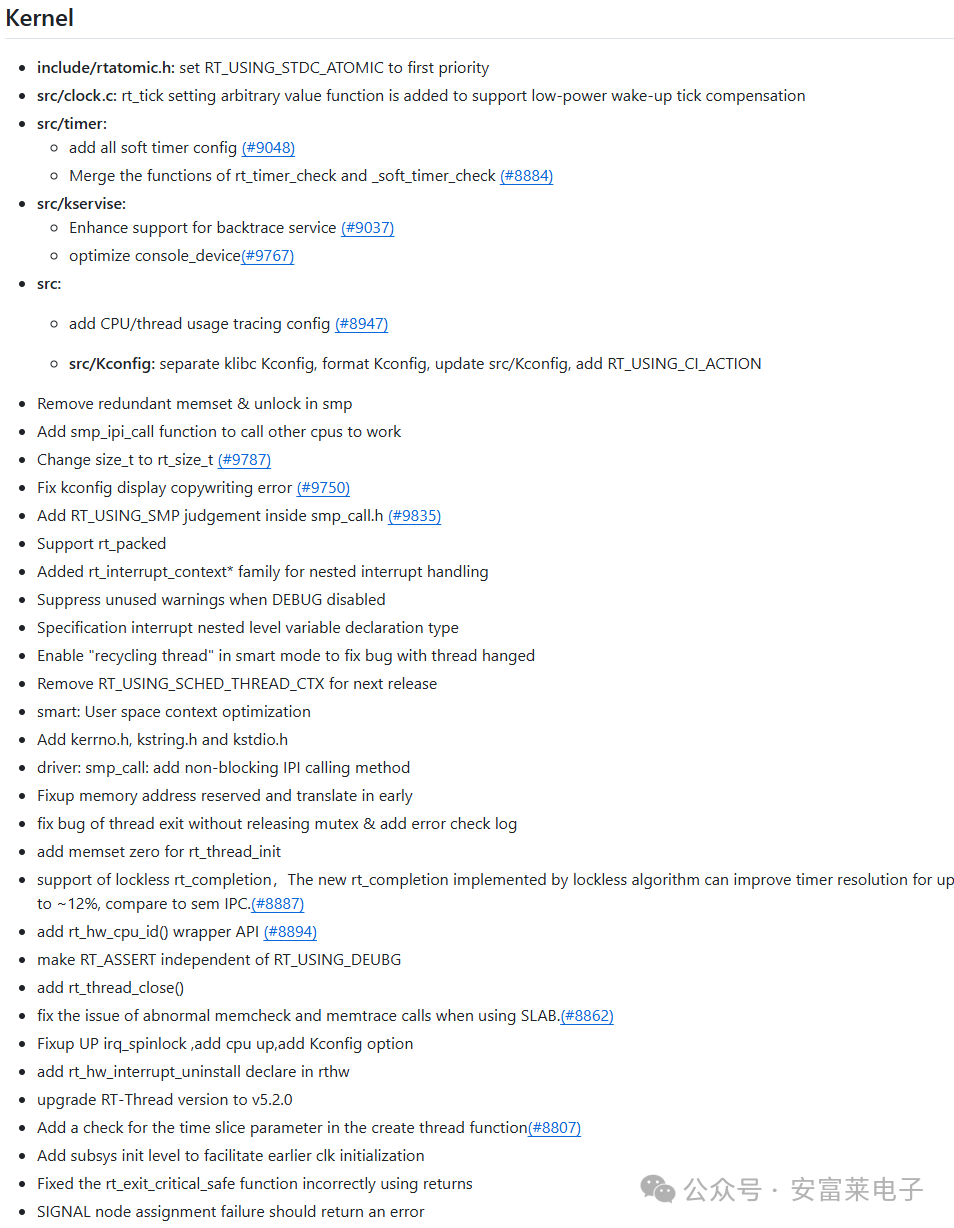
3. CMSIS-FreeRTOS upgraded to V11.2.0, CMSIS-ThreadX upgraded to V1.3.0.
CMSIS-FreeRTOSTwo weeks ago, the FreeRTOS kernel itself was upgraded to the latest V11.2.0 version, and this time ARM-maintained CMSIS-FreeRTOS also followed suit and upgraded to the latest version 11.2.0, with all content updated. The corresponding tags are expected to be updated in a few days.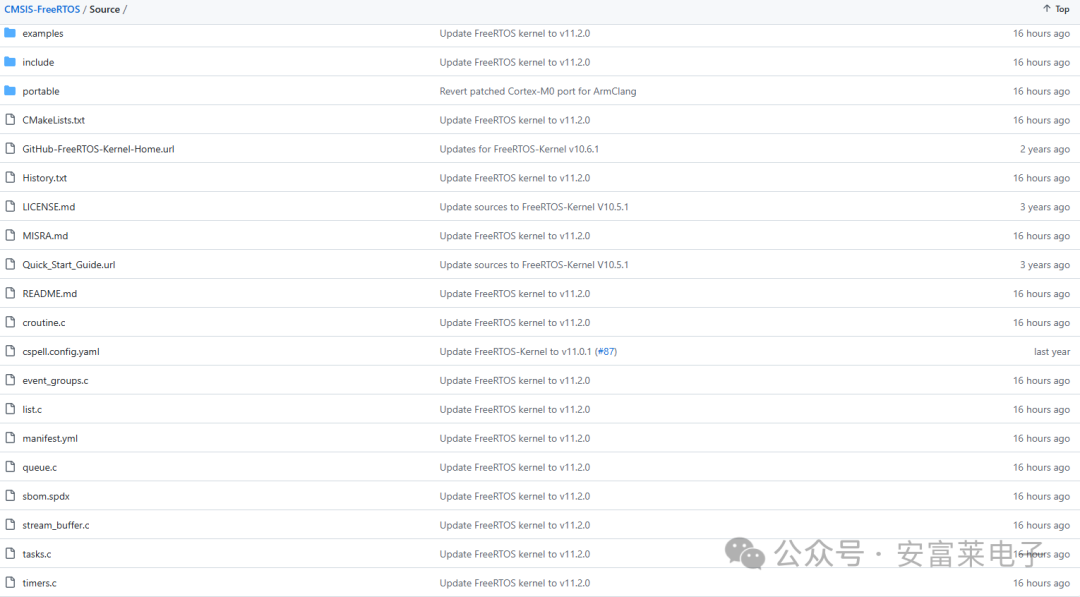 Once the tags are updated, we will also upgrade the RTX (FreeRTOS) full family source code project.
Once the tags are updated, we will also upgrade the RTX (FreeRTOS) full family source code project.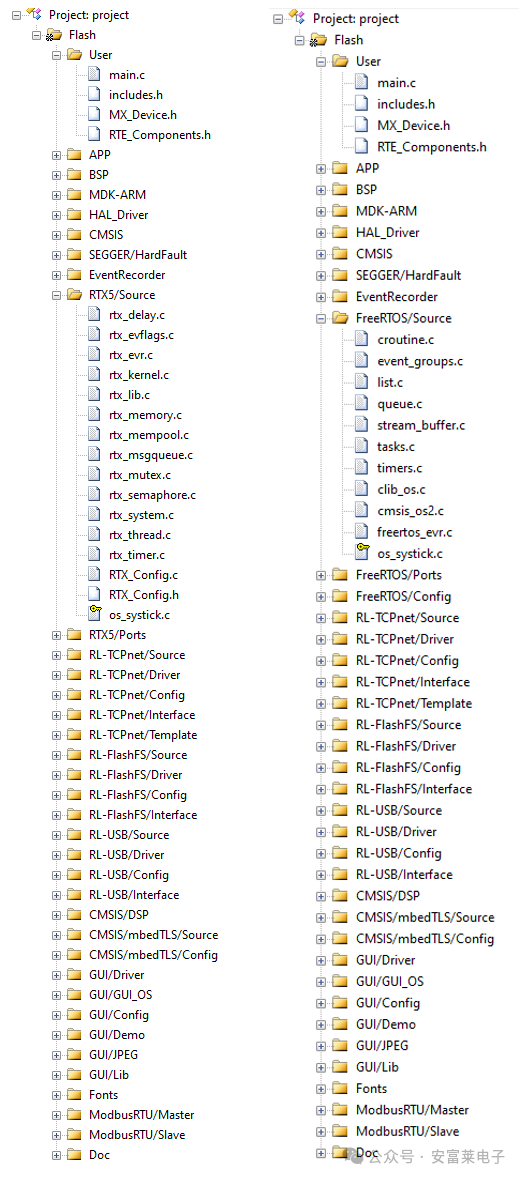 CMSIS-ThreadXThis is a version maintained by ST. A few days ago, ST released the full family support software package for the STM32H7RS series, which includes the latest V1.3.0 version encapsulation layer.
CMSIS-ThreadXThis is a version maintained by ST. A few days ago, ST released the full family support software package for the STM32H7RS series, which includes the latest V1.3.0 version encapsulation layer.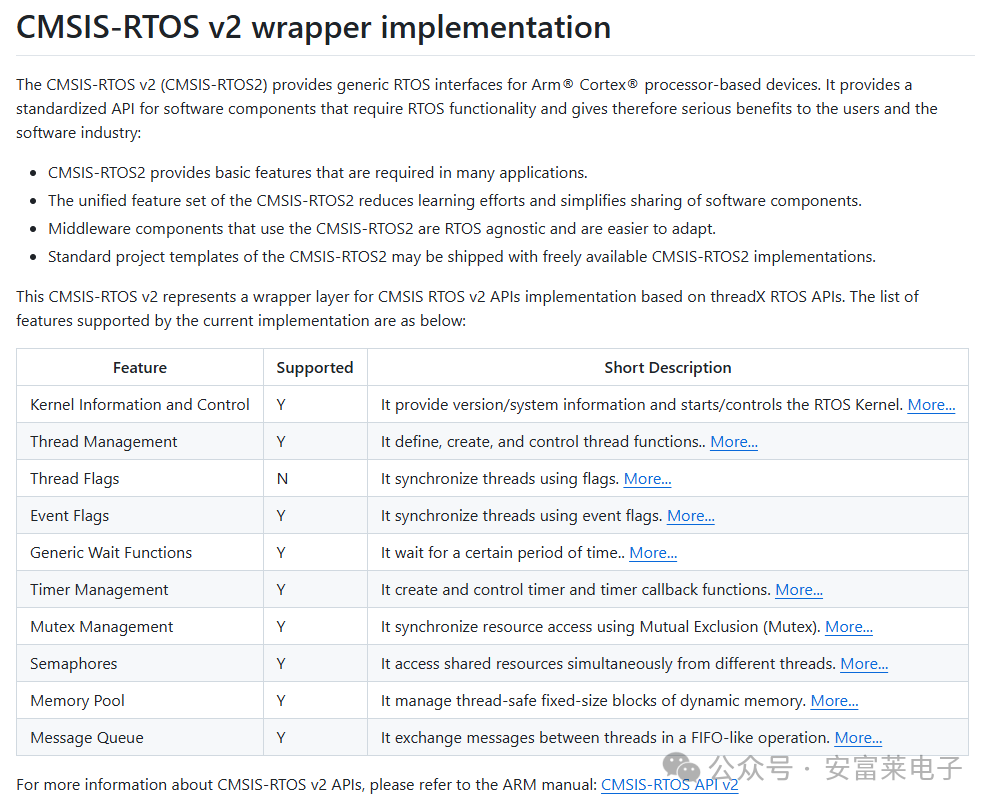
4. QNX launches free online training courses, totaling 40 hours of in-depth guidance.
QNX announces the launch of free QNX online training courses. This training includes three basic courses, totaling 40 hours of in-depth teaching, covering topics such as real-time programming, development and debugging, and system performance analysis and optimization.BlackBerry QNX delivers a time-tested real-time operating system (RTOS). QNX is a proven RTOS, with automotive systems being its main battlefield and the largest market share globally. Currently, over 255 million vehicles use QNX.
5. Green Hills Software and NXP collaborate to develop integrated solutions for the new S32K5 microcontroller series.
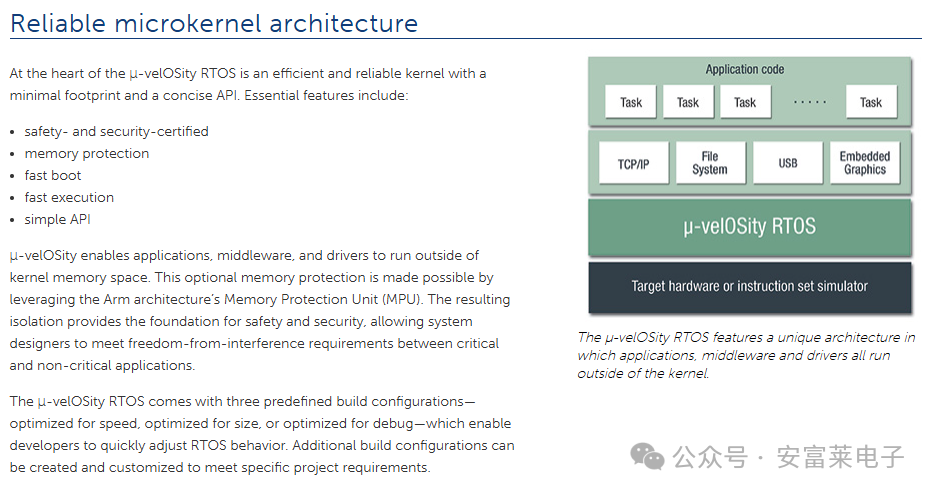
10ARM releases custom instruction software package.
Arm Custom Instructions (ACI) extend the functionality of Arm processors through application-specific instructions to optimize algorithm performance. Currently, ACI is implemented on Cortex-M33, Cortex-M52, Cortex-M55, and Cortex-M85 processors through Custom Data Path Extensions (CDE). This technology extends custom computing pipelines for accelerators, avoiding the overhead of coprocessor interfaces.
The instruction set of the Cortex-M processor series is already very complete, and technologies like Helium can achieve efficient DSP and machine learning processing, providing excellent performance out of the box. However, in certain scenarios, custom instructions still have advantages. For example, when data input requires multiple clock cycles for bit operations, if that operation is frequently executed, using single-cycle custom instructions can improve performance and energy efficiency.
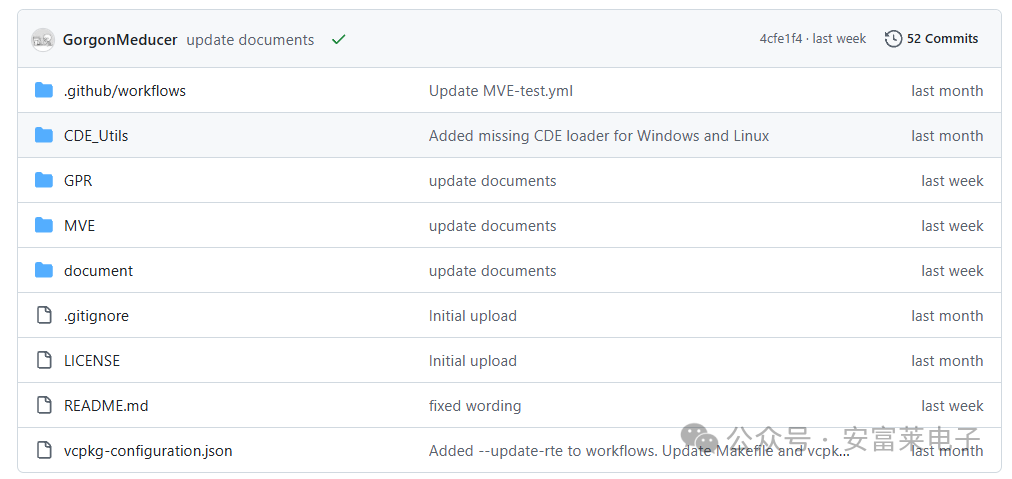
11GUI Related
1. TouchGFX V4.25 released, introducing simulated frame buffer technology, significantly reducing RAM requirements.
TouchGFX 4.25 introduces simulated frame buffer technology (patent pending), which significantly reduces memory usage by segmenting the displayed image into blocks and using a memory mapping technique that does not require the display’s own graphics RAM. As a result, systems that previously required external RAM can now run on a single-chip board, thereby reducing material costs. Additionally, since ST integrates this technology at the middleware level, developers can utilize this technology by selecting the appropriate option in the TouchGFX generator to determine if it is suitable for their projects. This also encourages engineers to carefully examine their frame buffer strategies to see if they are appropriate for their applications, which is often overlooked by many.
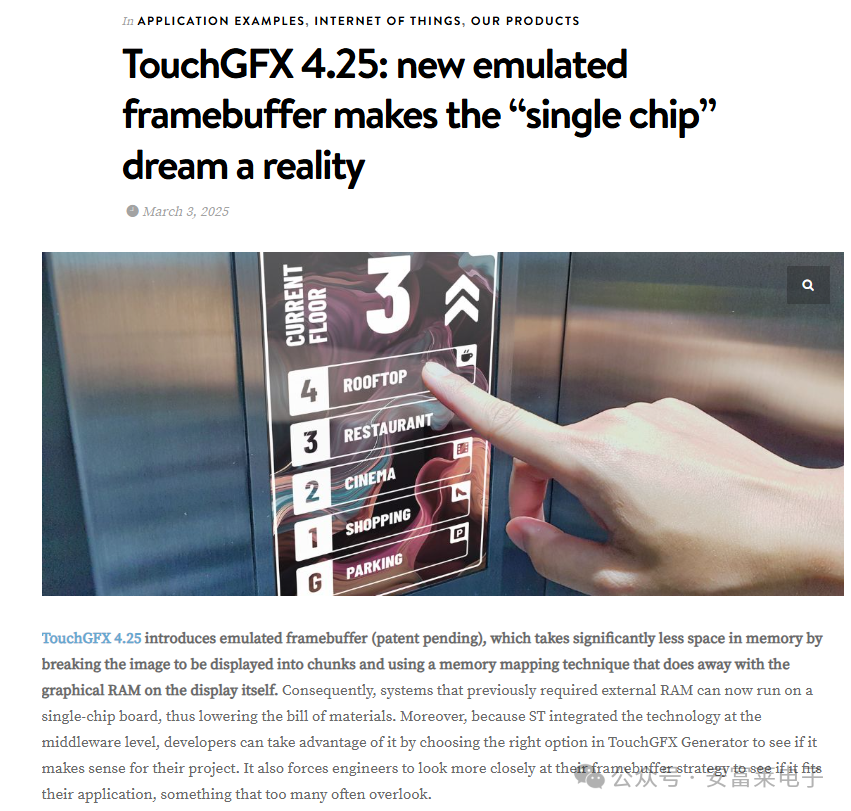
2. Embedded Wizard Studio V14 download.
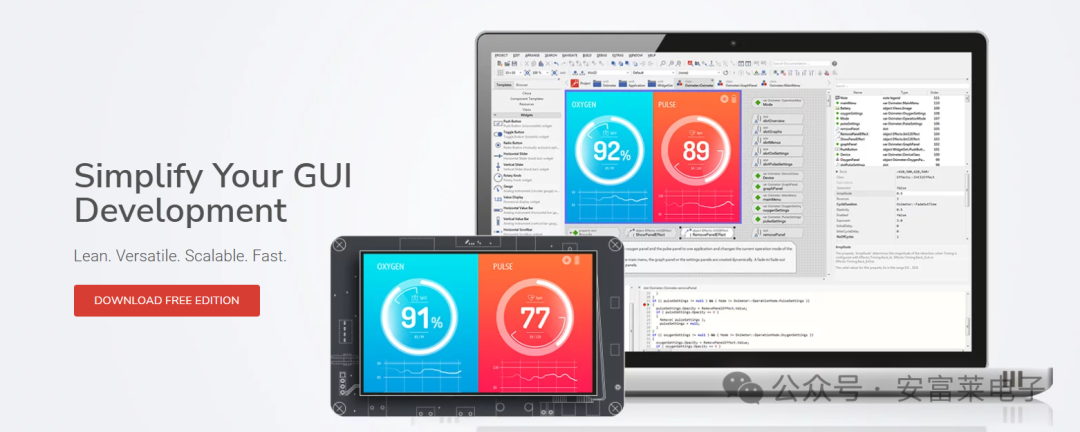
12H7-TOOL Progress This Week
1. H7-TOOL firmware 2.28 released, CAN, UART, and RTT can send and receive simultaneously while recording data in real-time, with revolutionary one-click new chip addition feature for offline programming.
2. 【2025 New Product】H7-TOOL PLUS battery version released, a true handheld device, with micro CNC power output current increased to 2A, peak 3A, with over-voltage, over-current, and reverse connection protection.
3. After a year, the H7-TOOL high-speed HID driverless serial port bridge for various third-party serial port software has been realized.
[Preface]Last year, this bridging function was developed, but it was put on hold due to other commitments. Recently, I found time to continue working on this function, which is now basically complete.With the bridging function, using high-speed HID driverless can connect various third-party serial port software, and more importantly, it can be used together with all other functions of the TOOL, and can conveniently use third-party serial port software over LAN and the internet.[Schematic Diagram]The principle is quite simple; using com0com software, two virtual serial ports can be created, for example, com14 and com15, allowing the TOOL host computer and third-party serial port software to access these two virtual serial ports for communication.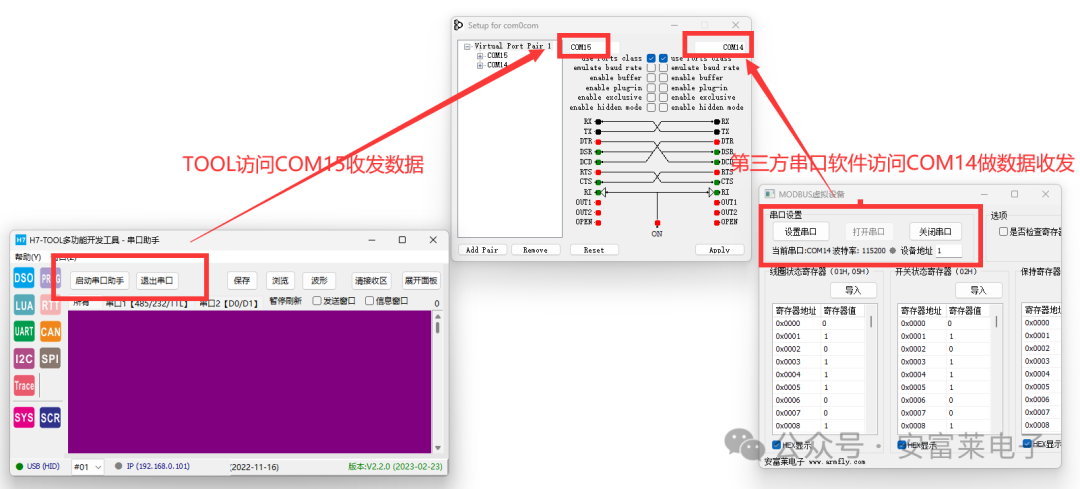 [Actual Measurement]
[Actual Measurement]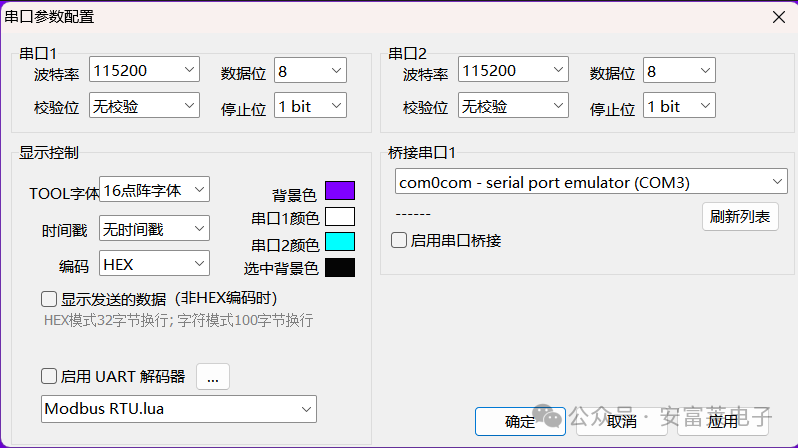 (1) Testing effect using SecureCRT:
(1) Testing effect using SecureCRT: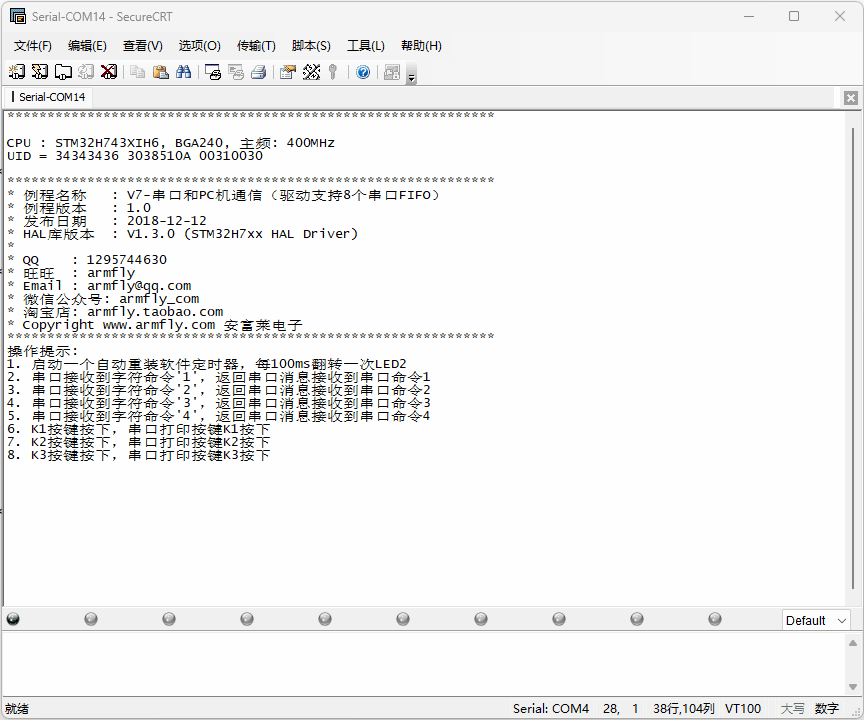 (2) Testing with a serial port assistant from the Windows Store:
(2) Testing with a serial port assistant from the Windows Store: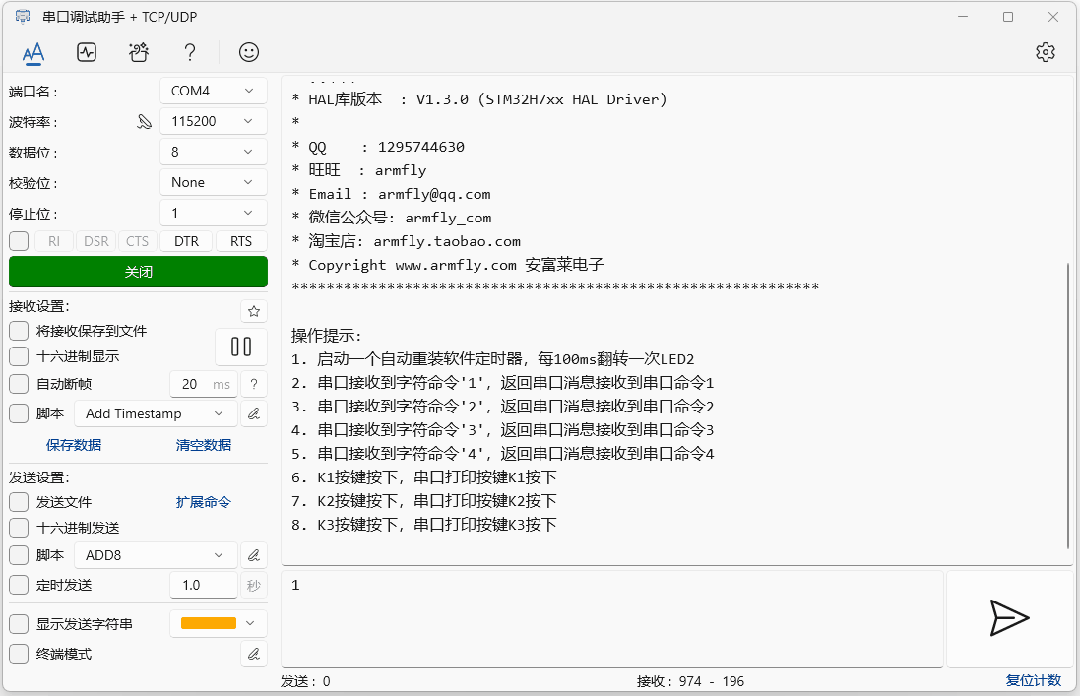 (3) Testing with SSCOM:
(3) Testing with SSCOM: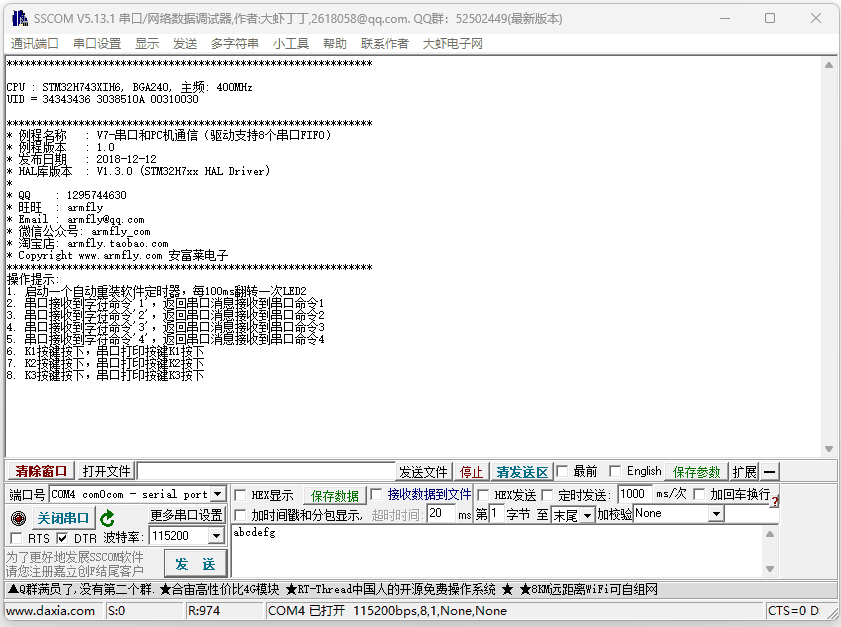 (4) WiFi communication method, using third-party serial port effect:
(4) WiFi communication method, using third-party serial port effect: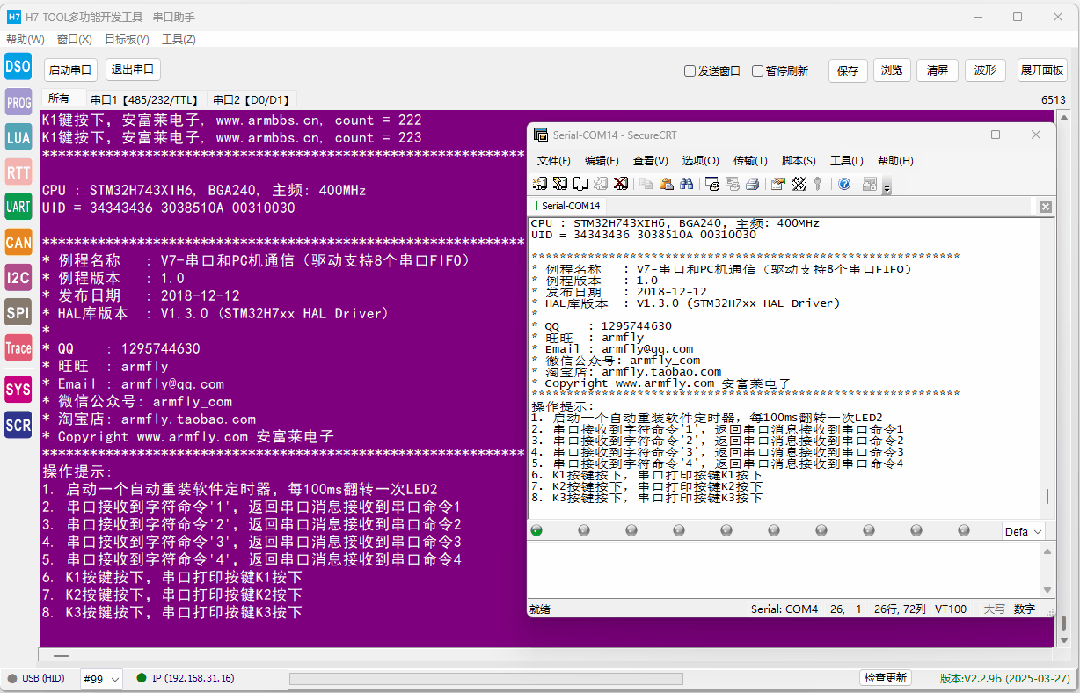 (5) MDK using DAPLINK debugging status and third-party serial port assistant simultaneously:
(5) MDK using DAPLINK debugging status and third-party serial port assistant simultaneously: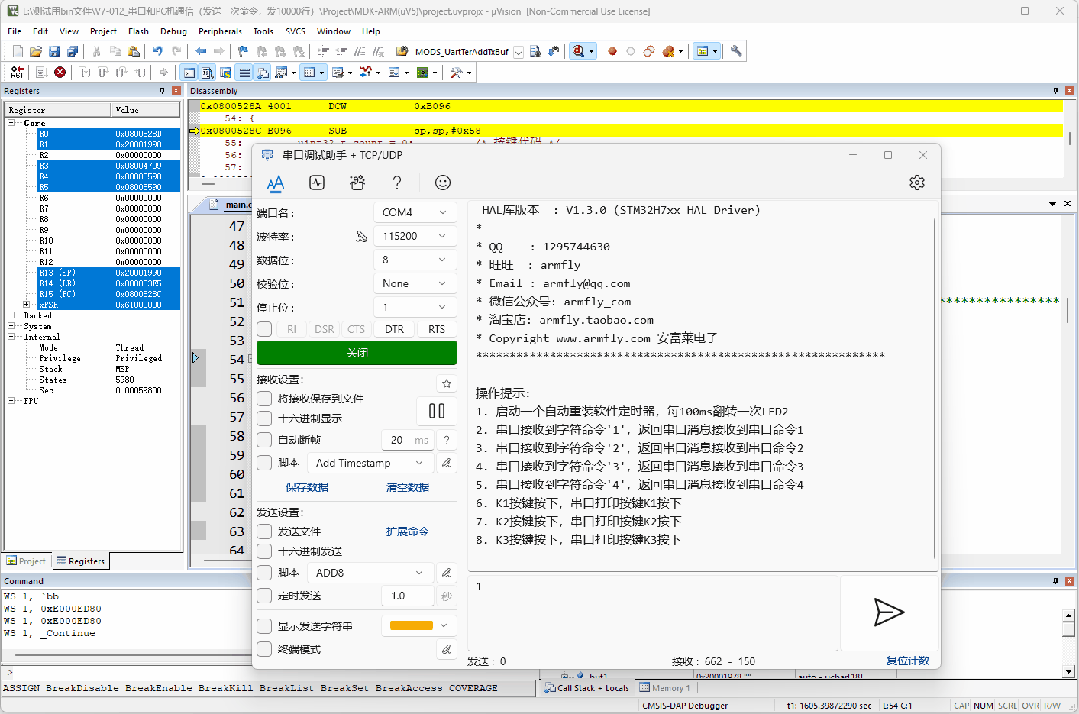
For all message links and attachments, please download from the original forum post.